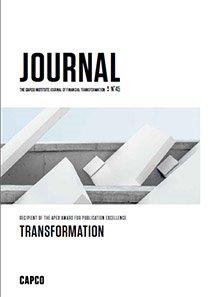The pendulum is shifting away from a dependence on monetary policy and a switch to greater use of fiscal policy in the U.S., and the U.K., and Europe may result. At the same time, there is a robust debate about how fast mature industrial economies can grow, giving their aging demographic challenges. If significantly more rapid real economic growth can be achieved with fiscal stimulus or with continued monetary accommodation, then the currently high public and private debt loads may be manageable.
This research argues that the ability of fiscal and monetary policy to push real economic growth rates higher is markedly reduced in periods of even modest economic growth, as compared to recession periods. And, stimulative fiscal policies that aim for unattainable economic growth targets risk pushing the national debt over the tipping point from which debt loads become destabilizing to the economy. That is, once economies have exited a recession and are growing again, stimulative policies may contain more downside risks than upside growth potential once the feedback loops from rising debt are considered. We live in an asymmetric world full of unintended consequences and powerful indirect effects.
Our analysis strongly suggests that since unconventional monetary policy largely impacted asset prices and not real GDP growth, assets may be entering a period of greater risk than historical measures of volatility might suggest, as unconventional monetary policy is ended. And, the starting point for fiscal expansion already embodies high debt-to-GDP ratios. If the expansionary fiscal policies fail to generate the hoped for real economic growth, then the unanticipated increases in inflation and interest rates may bring difficult challenges with debt management to the fore.
This research argues that the ability of fiscal and monetary policy to push real economic growth rates higher is markedly reduced in periods of even modest economic growth, as compared to recession periods. And, stimulative fiscal policies that aim for unattainable economic growth targets risk pushing the national debt over the tipping point from which debt loads become destabilizing to the economy. That is, once economies have exited a recession and are growing again, stimulative policies may contain more downside risks than upside growth potential once the feedback loops from rising debt are considered. We live in an asymmetric world full of unintended consequences and powerful indirect effects.
Our analysis strongly suggests that since unconventional monetary policy largely impacted asset prices and not real GDP growth, assets may be entering a period of greater risk than historical measures of volatility might suggest, as unconventional monetary policy is ended. And, the starting point for fiscal expansion already embodies high debt-to-GDP ratios. If the expansionary fiscal policies fail to generate the hoped for real economic growth, then the unanticipated increases in inflation and interest rates may bring difficult challenges with debt management to the fore.
